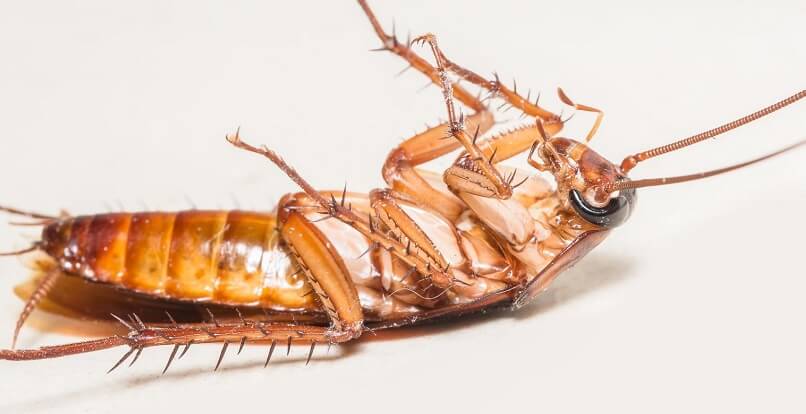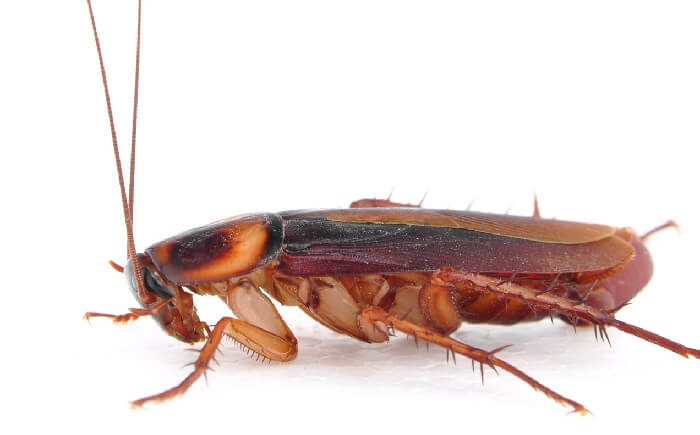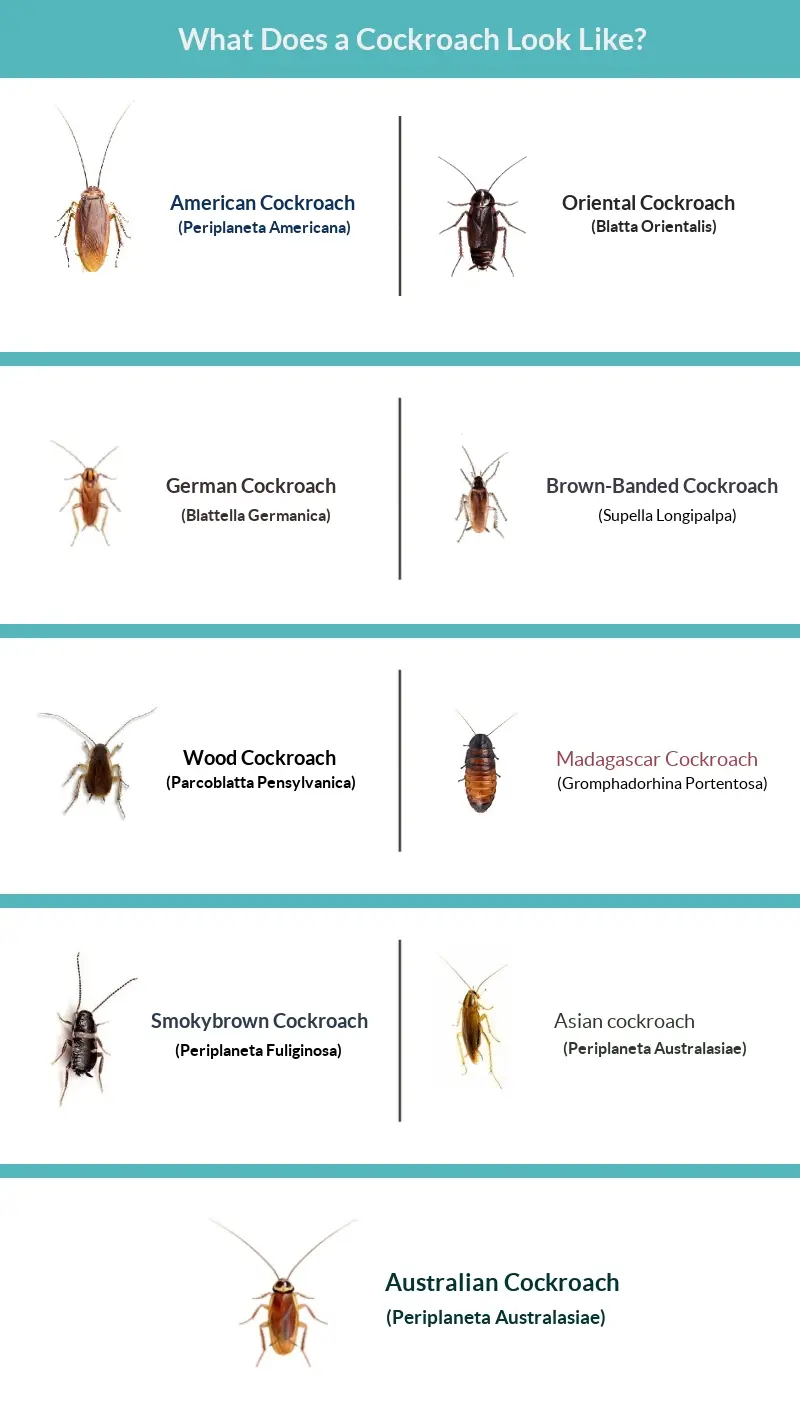What Does A Roach Look Like?
 One of the most notorious pests in homes worldwide is the cockroach, often called a roach. These insects are known for their resilience, adaptability, and their association with unsanitary conditions.
One of the most notorious pests in homes worldwide is the cockroach, often called a roach. These insects are known for their resilience, adaptability, and their association with unsanitary conditions.
But before dealing with a roach infestation or ensuring your home remains roach-free, one must know what one looks like. Let’s dive deep into understanding the physical characteristics of a roach.
Basic Characteristics
At a glance, roaches are generally flat and oval-shaped. Their six long, spiky legs give them their characteristic scuttle when they move.
The long, thin antennae extending from their head are often as long, if not longer, than their body, and they act as sensors to guide the roach’s movements in the dark and detect food.
Most species of roaches are brown or black, but the specific shade and any patterns can vary. For example, the German cockroach is light brown and may have two dark stripes down its back, while the American cockroach is reddish-brown.

Size Variations
Roaches can range in size significantly based on the species. Here are a few examples:
- German Cockroach: Typically about half an inch long.
- American Cockroach: Can be up to 2 inches in length.
- Oriental Cockroach: Roughly an inch in length.
- Brown-Banded Cockroach: Similar in size to the German cockroach.
Because of the size variations, it’s essential not to dismiss a bug based solely on size. Knowing the different types of roaches common in your area can help identify them more quickly.
Wings & Flight
Another distinguishing feature of many roaches is the presence of wings. But here’s where things get a bit tricky: not all winged cockroaches are good fliers.
For instance, while the American cockroach has wings and can fly short distances, the German cockroach has wings but doesn’t fly.
In some species, such as the Oriental cockroach, the females either have tiny wings or no wings at all, while males have longer wings that still don’t allow them to fly.
Nymphs vs Adults
Young roaches, known as nymphs, can often be mistaken for a different species because they may not look exactly like their adult counterparts. Nymphs usually lack wings and can be a different color or shade than adults. However, they still retain the same basic body shape.
For example, baby German cockroaches are darker, almost black, and as they grow, they become lighter. Understanding the life cycle of a roach can aid in proper identification across its lifespan.
Why Identification Matters
Properly identifying a roach is essential because different species have varied habits and preferences. For example, the German cockroach prefers indoor environments and is often found in kitchens and bathrooms.
In contrast, the American cockroach can be found indoors, often in damp areas like basements and sewers.
You can develop a more effective pest control strategy by identifying the roach species you’re dealing with. Different roaches might have different vulnerabilities and resistances to treatments.
Types of Roaches with Pictures
There are many different types of roaches throughout the world, based on the regions they dwell in. Feral cockroach, they love to stay outside. Peridomestic one can survive both at home and out. Big flying roaches are the scariest ones. And domestic insects prefer to live with human beings. Some commonly known roaches descriptions have been given there.
Conclusion
Despite being common, roaches can sometimes be challenging to identify due to their size, color, and wings variations. By understanding their general characteristics and differences, you can more effectively tackle roach problems in your home or preemptively act to keep them at bay.
Remember, while roaches are often associated with unsanitary conditions, even the cleanest homes can sometimes face an infestation. These insects are opportunistic and always hunt for food and shelter. But armed with knowledge about their appearance and habits, you can be better prepared to deal with these unwelcome guests.
